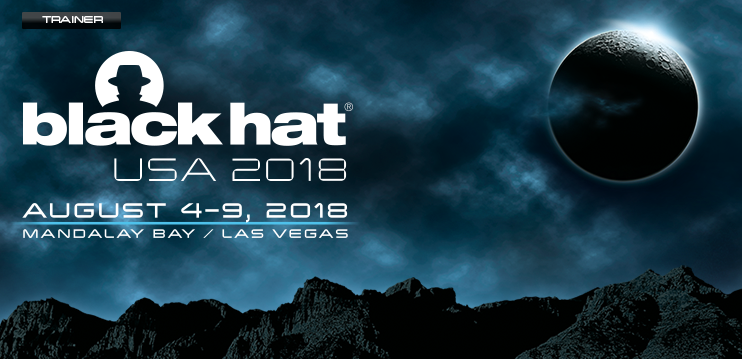 For the last three years, I have had the honor and privilege of teaching a data science class at the BlackHat conference in Las Vegas. Well, I found out yesterday that I’ll be going back for a fourth year! Together with my amazing colleague Austin Taylor (@HuntOperator), we will be teaching Applied Data Science and Machine Learning for Cyber Security. It turns out that this is the only class at BlackHat this year about data science or machine learning!
For the last three years, I have had the honor and privilege of teaching a data science class at the BlackHat conference in Las Vegas. Well, I found out yesterday that I’ll be going back for a fourth year! Together with my amazing colleague Austin Taylor (@HuntOperator), we will be teaching Applied Data Science and Machine Learning for Cyber Security. It turns out that this is the only class at BlackHat this year about data science or machine learning!
Teaching a class at BlackHat is really a great experience, and quite terrifying at the same time. You’re presenting a class to the best of the best in security, so you really have to know your stuff. From my experience, the students are really on top of their game so it makes for very interesting and engaging sessions.
What’s New for This Year
This year’s class I have to say, will be the best one yet. We’ve developed a lot of new material including a lesson about improving the performance of models, beaconing detection with Austin’s Flare library, anomaly detection with K-Means clustering and more. I’ll be posting more about the course as we get closer to the event, but if you have any questions or requests, please let me know! If you’re interested, don’t wait, register now!
Leave a Comment









